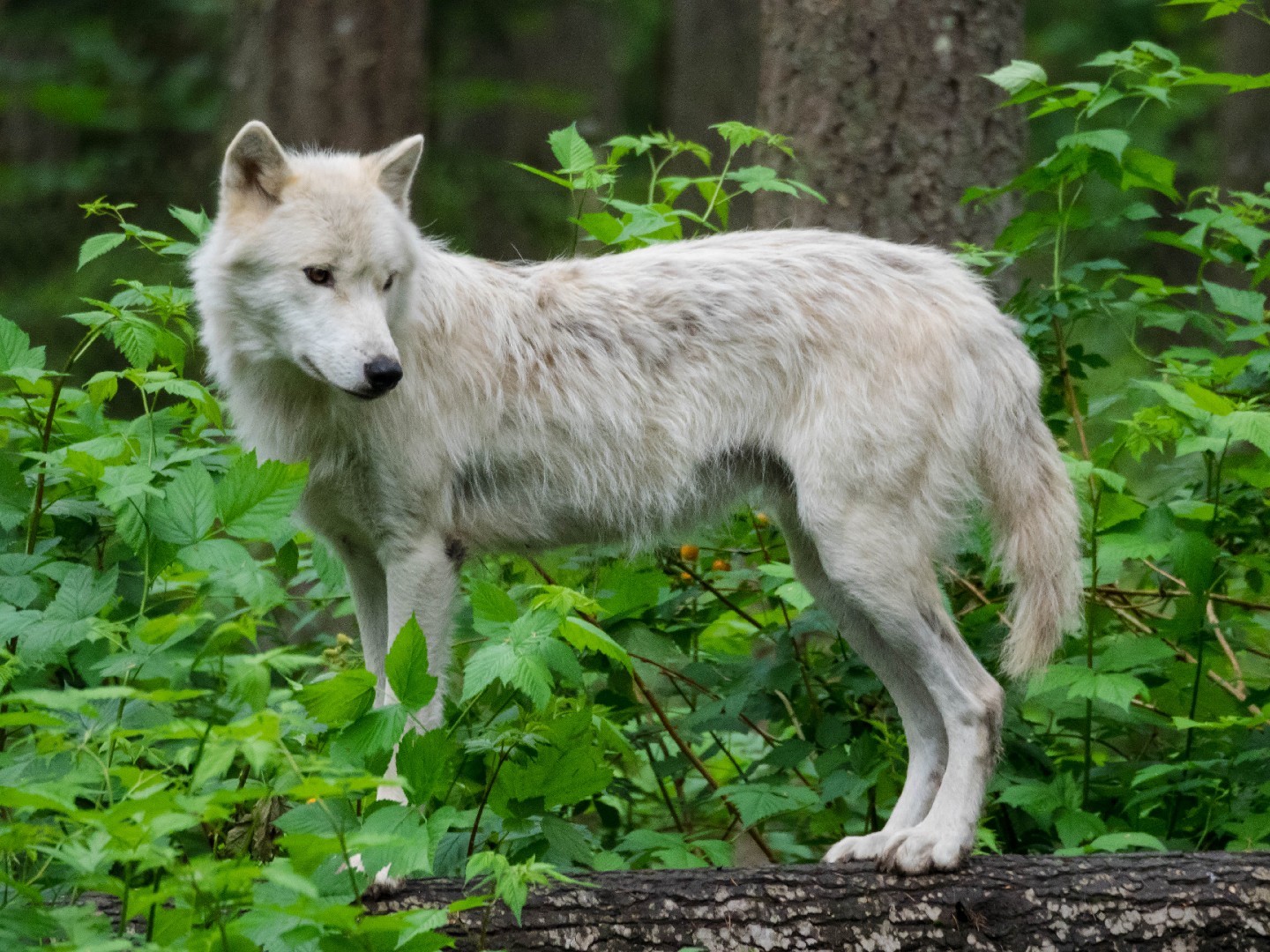Wolf
A species of Wolves jackals and allies, Also known as Eurasian wolf, Northwestern wolf, Eastern wolf Scientific name : Canis lupus Genus : Wolves jackals and allies
Wolf, A species of Wolves jackals and allies
Also known as:
Eurasian wolf, Northwestern wolf, Eastern wolf
Scientific name: Canis lupus
Genus: Wolves jackals and allies
Content
Description General Info
 Photo By Amit Patel , used under CC-BY-2.0 /Cropped and compressed from original
Photo By Amit Patel , used under CC-BY-2.0 /Cropped and compressed from original Description
The wolf has a height of 85 cm (33.5 in) with an average male weight of 43 kilograms (95 lb) and for females 37 kilograms (82 lb). Individual weights can vary from 21 kilograms (46 lb) to 55 kilograms (121 lb). In Yukon-Charley Rivers National Preserve male wolves average 50.3 kg (111 lb) and females 44 kg (97 lb); in Denali National Park and Preserve male wolves average 47.6 kg (105 lb). One specimen weighed 79.4 kilograms (175 lb). It was killed on 70 Mile River in east-central Alaska on July 12, 1939. One wolf was purported to weigh 212 pounds (96 kg). Large Alaskan wolves are known to hold up to 20 pounds (9.1 kg) of moose meat in their stomachs. The most common color for this subspecies is tawny grey or tan, but can also range from white to black. The lifespan ranges from 4 to 10 years, the oldest being 12 years. 
General Info
Lifespan
6-20 years
Diet
Wolf is predominantly a carnivore with a preference for ungulates such as elk and deer. Their diet also includes smaller mammals, carrion, and occasionally fruit and other vegetation when prey is scarce.
Appearance
Wolf is a large carnivore with a robust build, featuring a broad snout and erect ears. They are characterized by their thick, plush coat that varies largely in coloration, ranging from pure white, to shades of gray, brown, or even black. Their fur thickness alters seasonally, providing effective insulation during harsh winters. Adult males tend to be larger, with heavier fur around their neck and shoulders. Most wolf species do not have significant physical differences between males and females.
Behavior
Wolf exhibits social behavior, living in packs that possess intricate dynamics and hierarchies. Renowned for their hunting coordination, these creatures work collectively to pursue prey. They occupy and vigorously defend their territory. Vocalizations, including howls, play vital communication roles in maintaining social bonds and coordinating activities within packs.
Population
Stable